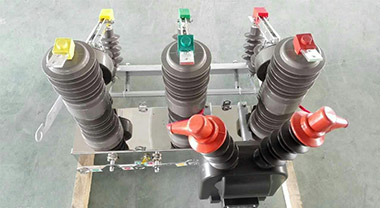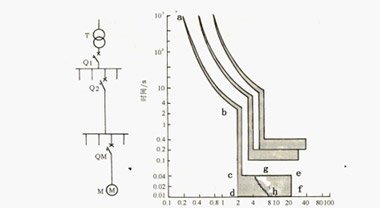Main parameters of high voltage circuit breaker
1. Rated voltage
Rated voltage refers to the voltage level that the high-voltage circuit breaker can withstand during normal operation, and it determines the insulation level of the circuit breaker. The rated voltage (UN) refers to its line voltage. The rated voltage levels of commonly used circuit breakers are 3, 10, 20, 35, 60, 110kV... In order to meet the needs of the circuit breaker withstand voltage at different installation locations, the relevant national standards stipulate the maximum working voltage that the circuit breaker can withstand. The highest operating voltages of the above-mentioned circuit breakers with different rated voltages are 3.6, 12, 24, 40.5, 72.5, 126kV...
2. Rated current
The rated current is the maximum operating current (effective value) that the circuit breaker allows for a long time to pass under the specified ambient temperature. The ambient temperature specified by the circuit breaker is 40°C. The rated current of commonly used circuit breakers are 200, 400, 630, 1000, 1250, 1600, 2000, 3150A...
3. Rated breaking current
Rated breaking current refers to the maximum short-circuit current value that the circuit breaker can reliably break under the rated voltage. It is a technical parameter indicating the arc extinguishing ability of the circuit breaker.
4. Closing current
Before the circuit breaker is closed, if there is a short-circuit fault on the line, there will be a short-circuit current through the contacts when the circuit breaker is closed, and huge electromotive force and heat will be generated, which may cause mechanical damage or welding of the contacts .
Closing current refers to the maximum short-circuit current allowed by the circuit breaker to make sure that the circuit breaker can be closed reliably without contact welding or other damage.




